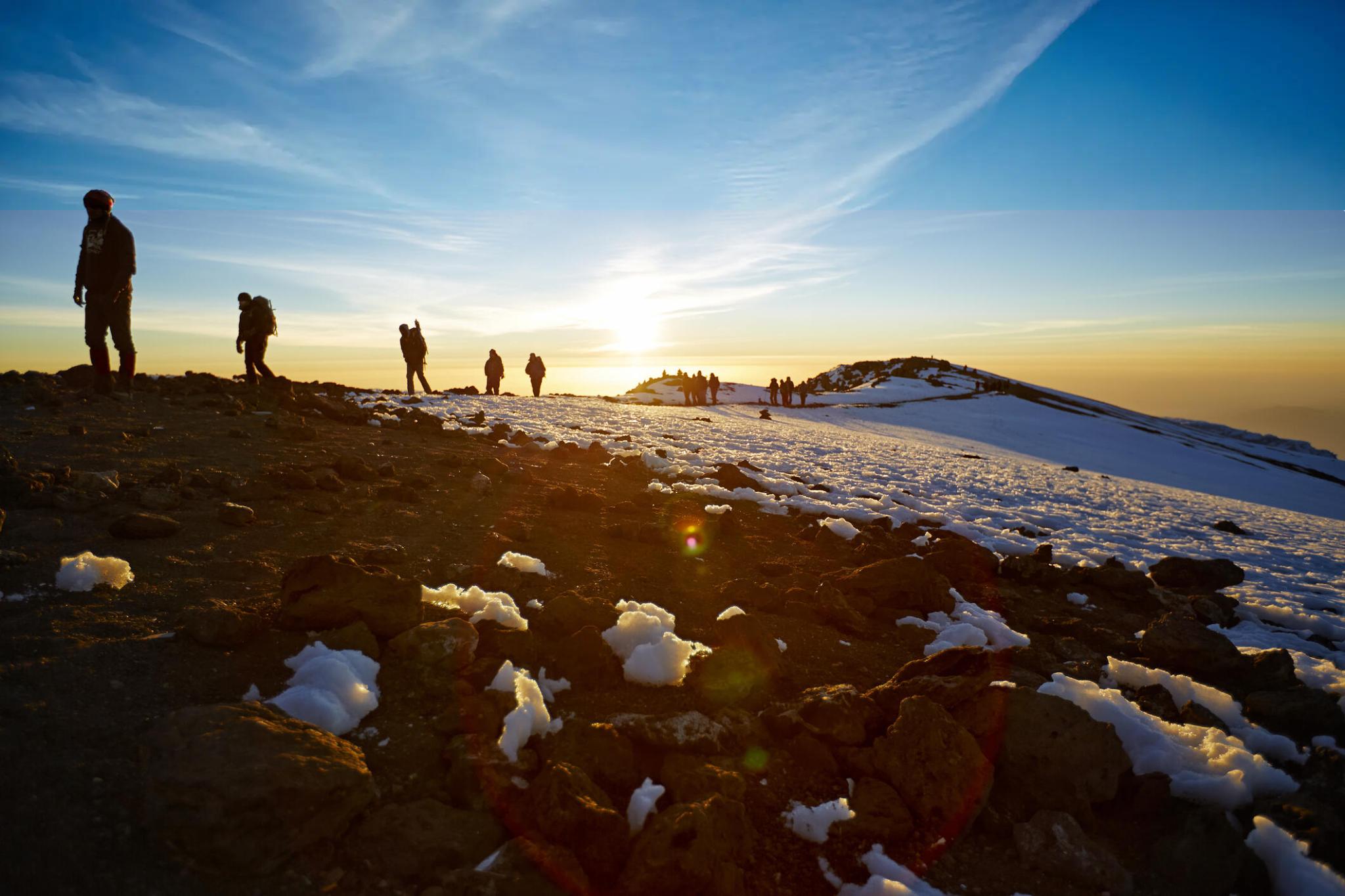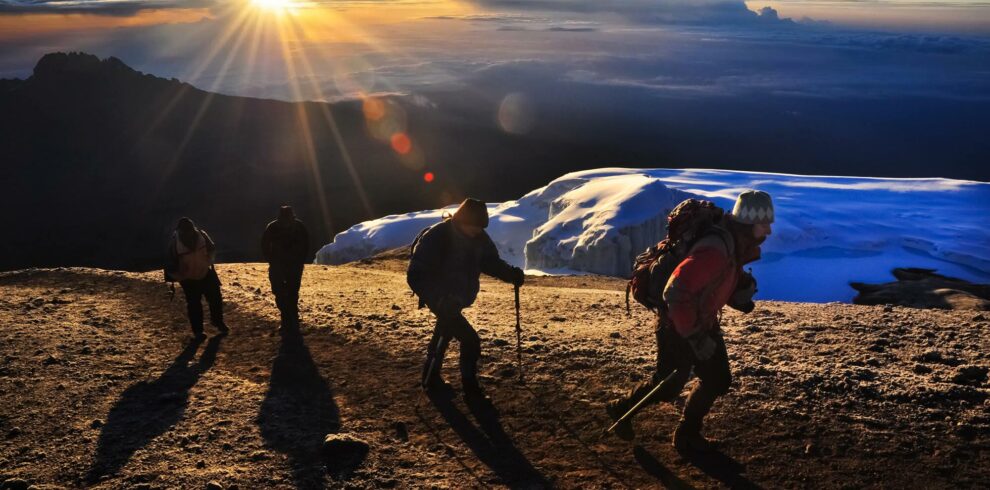Lemosho is a classic trail that has gained much popularity in recent years. And deservingly so: it offers amazing views, a great acclimatization profile, and some of the highest summit success rates among all routes. Starting on the western slope of Kilimanjaro, the Lemosho route is available in 3 itineraries: 6, 7, and 8 days on the mountain. One of Lemosho’s highlights is the Cathedral Peak – one of the highest points of the Shira Volcano (3872 m). You’ll have a chance to go on an acclimatization hike to Cathedral Peak and enjoy the best views Kilimanjaro has to offer. Another iconic feature of Lemosho are huge alien-looking plants, Dendrosenecio kilimanjari, that are only found on this mountain. The Lemosho route was the path Angela Vorobieva, aged 86, took to reach the summit of Kilimanjaro with famazi adventures, setting a Guinness World Record as the oldest person to ever climb this mountain.
Overview
Travel is the movement of people between relatively distant geographical locations, and can involve travel by foot, bicycle, automobile, train, boat, bus, airplane, or other means, with or without luggage, and can be one way or round trip. Travel can also include relatively short stays between successive movements.
The origin of the word “travel” is most likely lost to history. The term “travel” may originate from the Old French word travail, which means ‘work’. According to the Merriam Webster dictionary, the first known use of the word travel was in the 14th century.
It also states that the word comes from Middle English travailen, travelen (which means to torment, labor, strive, journey) and earlier from Old French travailler (which means to work strenuously, toil). In English we still occasionally use the words “travail”, which means struggle. According to Simon Winchester in his book The Best Travelers’ Tales (2004), the words “travel” and “travail” both share an even more ancient root: a Roman instrument of torture called the tripalium (in Latin it means “three stakes”, as in to impale).







